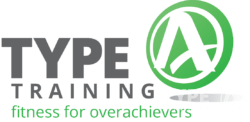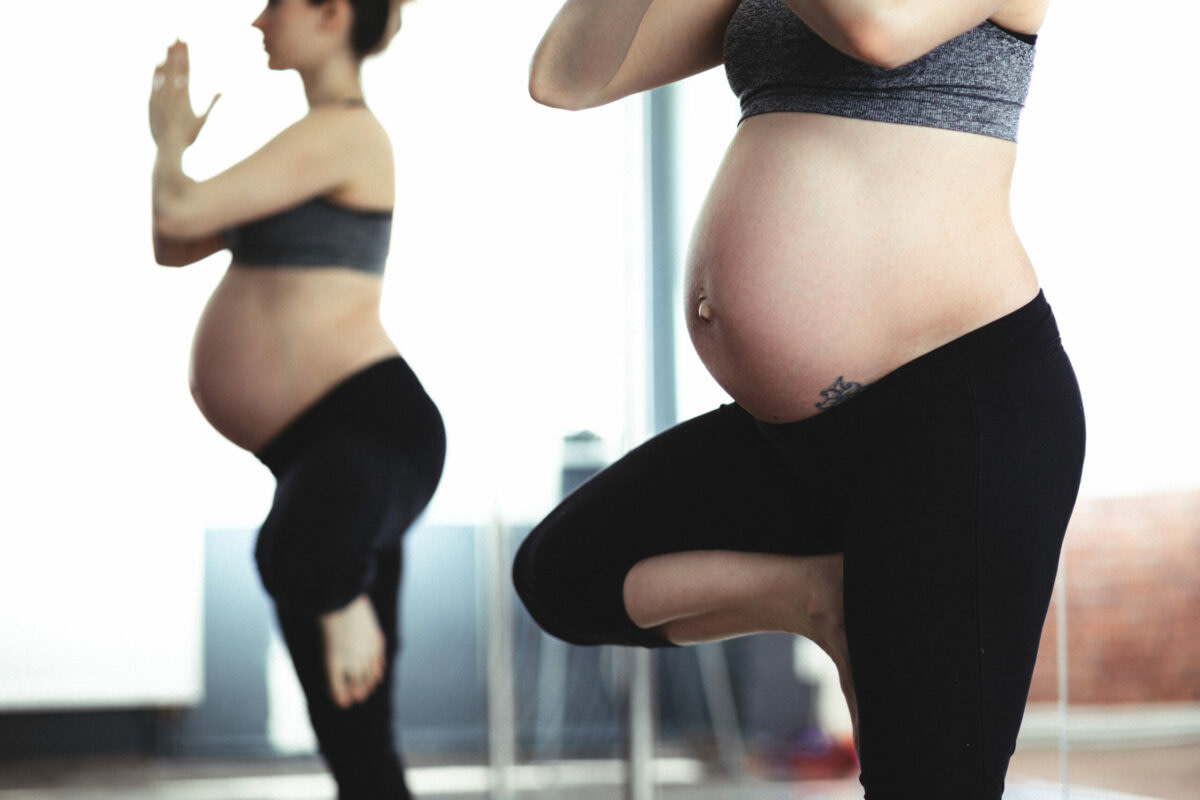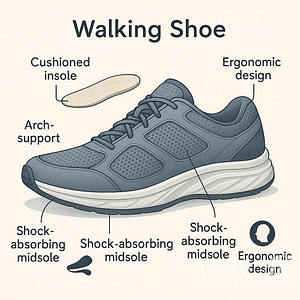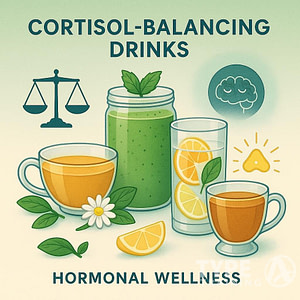Weight lifting during pregnancy often brings up concerns about safety and health, both for the mother and the unborn baby. It is a valid point of interest for many expectant mothers who wish to maintain their fitness or for those considering starting a new exercise regimen. The idea that pregnant women should limit physical activity is outdated, and current health guidelines suggest that moderate exercise, including weight lifting, is beneficial during pregnancy. The key is to approach this activity with awareness of the body’s changes and the guidance of healthcare professionals.
Understanding your body’s needs and limits is crucial when considering weight lifting during pregnancy. Each pregnancy is unique, and while exercise is generally encouraged for its health benefits, it’s important to tailor any weight training program to your specific situation. Consulting with your healthcare provider before starting or continuing a weight lifting routine ensures that you stay safe and healthy. Additionally, pregnancy is not the time to aim for personal bests or high-intensity workouts; rather, it’s a period to focus on maintaining a strong and toned body while protecting yourself and your growing baby.
Relate: Pre And Post Natal Fitness | Type A Training In Manhattan
Understanding Pregnancy and Exercise
During pregnancy, your body undergoes significant changes that can affect your exercise routine. Understanding these changes and the benefits of remaining active is crucial for both your health and your baby’s development.
Popular posts:
Physiological Changes During Pregnancy
As you progress through your pregnancy, hormonal fluctuations lead to a softening of ligaments and joints, which can affect your balance and make you more prone to injuries. Your muscles also undergo changes to accommodate the growing fetus, impacting your center of gravity. It’s essential to consider these changes when choosing exercises to ensure your safety and comfort.
- Balance: The additional weight and shift in your center of gravity can alter your balance, making falls more likely.
- Joints: Relaxin, a hormone released during pregnancy, loosens ligaments, increasing the risk of joint injuries.
- Energy Levels: You might experience varying energy levels, necessitating adjustments to your exercise intensity and duration.
Benefits of Exercise in Pregnancy
Regular exercise during pregnancy not only helps with weight management but also improves your mood and can lead to better outcomes for both you and your baby.
- Gestational Diabetes: Engaging in regular physical activity may reduce your risk of developing gestational diabetes.
- Preeclampsia: Exercise has been linked to a decreased risk of preeclampsia, a pregnancy complication characterized by high
blood pressure . - Mood: Physical activity can enhance your mood and may help prevent prenatal depression.
- Fetal Development: Though not directly related, maternal fitness can positively influence the overall health of your pregnancy, indirectly benefiting fetal development.
Incorporating appropriate exercises into your daily routine can optimize both your and your baby’s well-being. However, always consult with a healthcare provider before starting or continuing an exercise program, especially if you have any pre-existing conditions, like heart or lung disease.
Weight Lifting Fundamentals for Pregnant Women
Weight lifting during pregnancy can support overall strength and well-being when done correctly. Ensuring you choose the right weights, master proper lifting technique, and make necessary modifications are crucial for your safety and that of your baby.
Choosing the Right Weights
Begin with light weights that allow you to maintain good posture and control. Dumbbells or resistance bands are excellent as they can be easily adapted to your strength level. If you’re accustomed to a routine with free weights or weight machines, you may need to adjust the amount of weight to avoid overexertion. Always consult with your healthcare provider before starting or continuing any exercise routine during pregnancy.
Correct Weight Lifting Technique
Form and technique are paramount to prevent injury and strain. Maintain a neutral spine and avoid holding your breath while lifting. Good posture includes keeping your back straight and using your legs, not your back, when lifting heavy objects to prevent falling. If you’re using free weights, ensure smooth and controlled motions without any jerking.
Modifications and Precautions
As your body changes, so should your workout. Modifications may include reducing weight, increasing rest periods, or using body weight exercises. Pay attention and listen to your body; if something feels off, stop immediately. Precautions include avoiding exercises that could lead to loss of balance or impact your abdomen. Always be vigilant about not lifting weights that are too heavy, which could increase the risk of injury.
Exercise Safety and Risks During Pregnancy
As you navigate through pregnancy, understanding exercise safety and potential risks is crucial. Proper knowledge and precaution can help ensure the well-being of both you and your baby.
Common Concerns and Complications
Pregnancy brings significant changes to your body that can influence how you exercise. Complications, such as preeclampsia or low back pain, might arise or be exacerbated by certain types of exercise. For instance, weight lifting during pregnancy, if not done correctly, could increase the risk of preterm labor or strain your lower back. Consulting with your doctor is vital before starting or continuing any exercise regimen.
Listen to your body and pay attention to these signs:
- Sharp or continuous back pain, which could suggest you’re putting too much strain on your back.
- Dizziness or feeling faint, which might result from compromised blood flow, perhaps due to pressure on the vena cava when lying flat on your back.
When to Avoid Weight Lifting
There are certain conditions and times during pregnancy when weight lifting should be avoided to prevent health risks:
- If you have been diagnosed with preeclampsia or hypertension.
- If your doctor has advised against it due to other pregnancy-related health concerns.
General guidelines to consider:
- Do not attempt heavy lifting if you’re at risk for preterm labor.
- Avoid exercises that require you to lie flat on your back, especially after the first trimester, as it can reduce blood flow to your heart and baby.
Developing a Pregnancy Weight Training Plan
When planning a weight training program during pregnancy, you must tailor your routine to your current fitness level and consider the unique needs of your changing body. Ensuring correct form and focusing on breathing can improve your stamina and strengthen critical muscle groups, like the pelvic floor and abdominal muscles.
Types of Suitable Exercises
- Strength Training: Begin with exercises that emphasize strengthening your core, especially your pelvic floor and abdominal muscles. This includes exercises like squats, modified planks, and pelvic tilts. Select a weight that allows for comfortable resistance without straining.
- Resistance Training: Incorporate resistance bands or light weights to enhance muscle tone and stamina while engaging in moderate exercise. Elastic bands can be used for bicep curls or leg presses, which are conducive to maintaining fitness levels without overexertion.
Setting Realistic Goals
- Assess Your Fitness Level: Determine your starting point based on your pre-pregnancy fitness. Your exercise routine should adapt to your body’s changes. Aim for consistent, gradual progress rather than quick results.
- Form and Breathing: Always prioritize proper form to reduce the risk of injury and maximize the effectiveness of your workout. Focus on breathing techniques to maintain oxygen levels for you and your baby during physical activity.
Staying Active Throughout Pregnancy
Exercise plays a vital role in promoting your physical and mental well-being during pregnancy, with activities like walking, swimming, and prenatal yoga offering safe and beneficial ways to stay fit. It’s important to adjust your activities to each stage of pregnancy and always listen to your body’s signals.
Trimester-Specific Guidelines
First Trimester:
- Walking: A gentle, low-impact activity to maintain cardiovascular health.
- Swimming: Supports your body and reduces strain on joints.
- Prenatal Yoga: Builds strength and fosters relaxation with necessary modifications.
Second Trimester:
- Biking: Stationary cycling is preferred for safety as your balance may begin to shift.
- Dancing: A fun way to stay active, but avoid any intense or jerky movements.
Third Trimester:
- Stretching: Helps to maintain flexibility and ease aches and pains.
- Yoga: Focus on breathing and posture, avoiding poses that compress the abdomen.
Always consider modifications for comfort and safety, such as using support during yoga or reducing intensity as your energy levels dictate. Monitor for any discomfort, and avoid exercises like heavy lifting or those with a risk of falling that might compromise your or your baby’s health.
Related: Prenatal and Postnatal Yoga: Key Benefits and Practices
Integrating Everyday Movement
Incorporate activity into your daily routine to maintain a positive body image and manage common pregnancy-related issues like backaches and fatigue. Simple measures include:
- Taking the stairs when possible.
- Parking further away to add a few more steps to your day.
- Setting reminders to stand or stretch if you have a desk job.
Remember to focus on maintaining a healthy lifestyle rather than your pre-pregnancy level of fitness. Respecting your body’s changing balance and energy needs by adapting your routine helps minimize the risk of injury and supports your journey through to labor and into the postpartum period.
Monitoring Progress and Responding to Body Signals
When engaging in weight lifting during pregnancy, it’s imperative to closely monitor your progress and heed your body’s signals. Attuning to changes and recognizing warning signs is essential for the safety of both you and your baby.
Adapting to Body Changes
As your pregnancy progresses, your body will undergo significant adaptations—your center of gravity shifts, and you may gain additional body weight. It’s important that you focus on maintaining good posture and making necessary modifications to your exercise routine to accommodate these changes. You should listen to your body and adjust the intensity of your workouts according to sensations of fatigue and any prominent aches and pains. Additionally, breathing techniques can profoundly influence your ability to perform exercises safely, as they ensure proper oxygen flow to you and your baby.
Recognizing Warning Signs
Staying in close communication with your healthcare provider, doctor, or midwife is paramount when you’re lifting weights during pregnancy. Certain symptoms like swelling, dizziness, or excessive shortness of breath should be promptly addressed. If you experience these warning signs, it’s essential to stop the exercise and seek advice. It’s also wise to have a threshold for what your body can handle—never push into the zone of pain or discomfort. Your body’s feedback is a critical guide for adjusting your exercise regimen, as overexertion could be counterproductive for your well-being and your baby’s health. Remember, fatigue is a clear indicator that you may need to rest and recover.
Postpartum Recovery and Returning to Weight Lifting
After giving birth, your focus should shift to your recovery and gradually regaining strength, particularly if you are considering resuming weight lifting. It’s crucial to address the healing of your pelvic floor muscles and abdominals before you reintroduce weight training into your routine.
Healing and Strengthening Post-Delivery
Your body undergoes significant changes post-delivery, especially if you’ve had a cesarean delivery. The priority is to heal and strengthen your pelvic floor muscles and abdominals, which may have been strained during pregnancy and delivery. It’s essential to:
- Begin with gentle exercises that target the pelvic floor and abdominals. Examples include pelvic tilts and kegel exercises.
- Maintain good posture to support recovery and reduce strain on your body.
Resuming Weight Lifting After Birth
Before you consider lifting weights postpartum, consult your doctor to ensure it’s safe based on your individual recovery and any complications you experienced. When given the go-ahead:
- Start with light weights and gradually increase as your strength returns.
- Aim for higher repetitions with lower weights to avoid overloading your muscles.
Strength training is beneficial, but your approach postpartum should be cautious and progressive to rebuild your muscles safely.
Frequently Asked Questions
Navigating the do’s and don’ts of weight lifting during pregnancy can be challenging. This section will provide you with clear guidance to ensure your safety and your baby’s wellbeing as you continue or begin a strength training routine.
What are the recommended weight lifting guidelines for women in their first trimester?
During your first trimester, it’s generally safe to continue your pre-pregnancy weight lifting routine. However, it’s important to listen to your body and avoid exerting yourself too much. Focus on maintaining good form and consider using lighter weights if you feel any discomfort.
How does weight lifting in the third trimester differ from earlier stages of pregnancy?
In the third trimester, your center of gravity shifts and your joints are looser, which increases the risk of injury. Modify exercises to prevent falls and avoid lifting weights over your head to reduce the risk of straining your back or causing imbalance.
What precautions should be taken when engaging in weight training during the second trimester?
During the second trimester, maintain a stable posture to protect your back and avoid any exercises that require lying flat on your back which can restrict blood flow to your heart and baby.
Are there specific weight lifting exercises that should be avoided throughout pregnancy?
Steer clear of exercises that involve heavy lifting above your head, rapid changes in direction, or any movement that might throw off your balance. It’s also wise to avoid exercises that involve lying on your back or stomach as your pregnancy progresses.
At what point in pregnancy is it advised to stop lifting heavy objects?
Health experts recommend limiting heavy lifting as you near your due date. This can vary from person to person, but it’s particularly pertinent after the first trimester when the risk of injury increases due to changes in balance and joint stability.
Can you compare the safety and benefits of cardio versus weight training exercises for pregnant women?
Both cardio and weight training exercises are beneficial for pregnant women, offering increased energy levels and support for overall health. However, it’s essential to balance both with an awareness of the changing needs of your body, ensuring exercises are safe and adjusted for your current stage of pregnancy.










